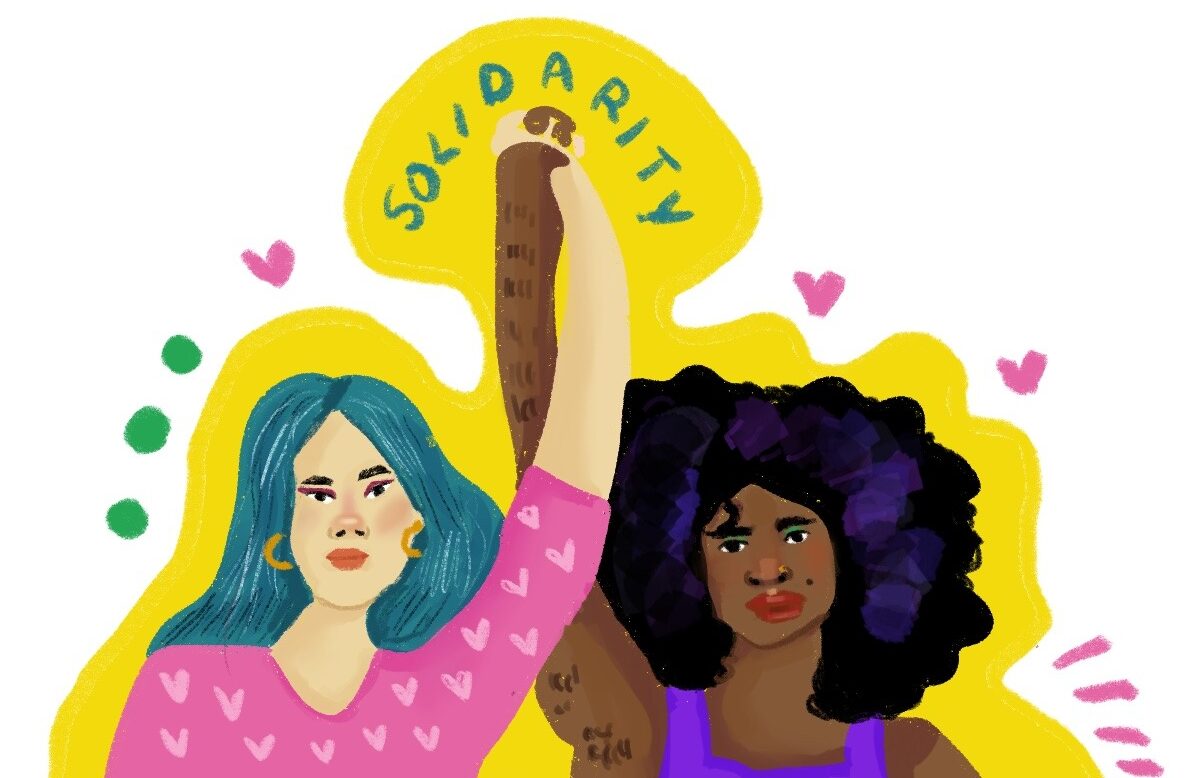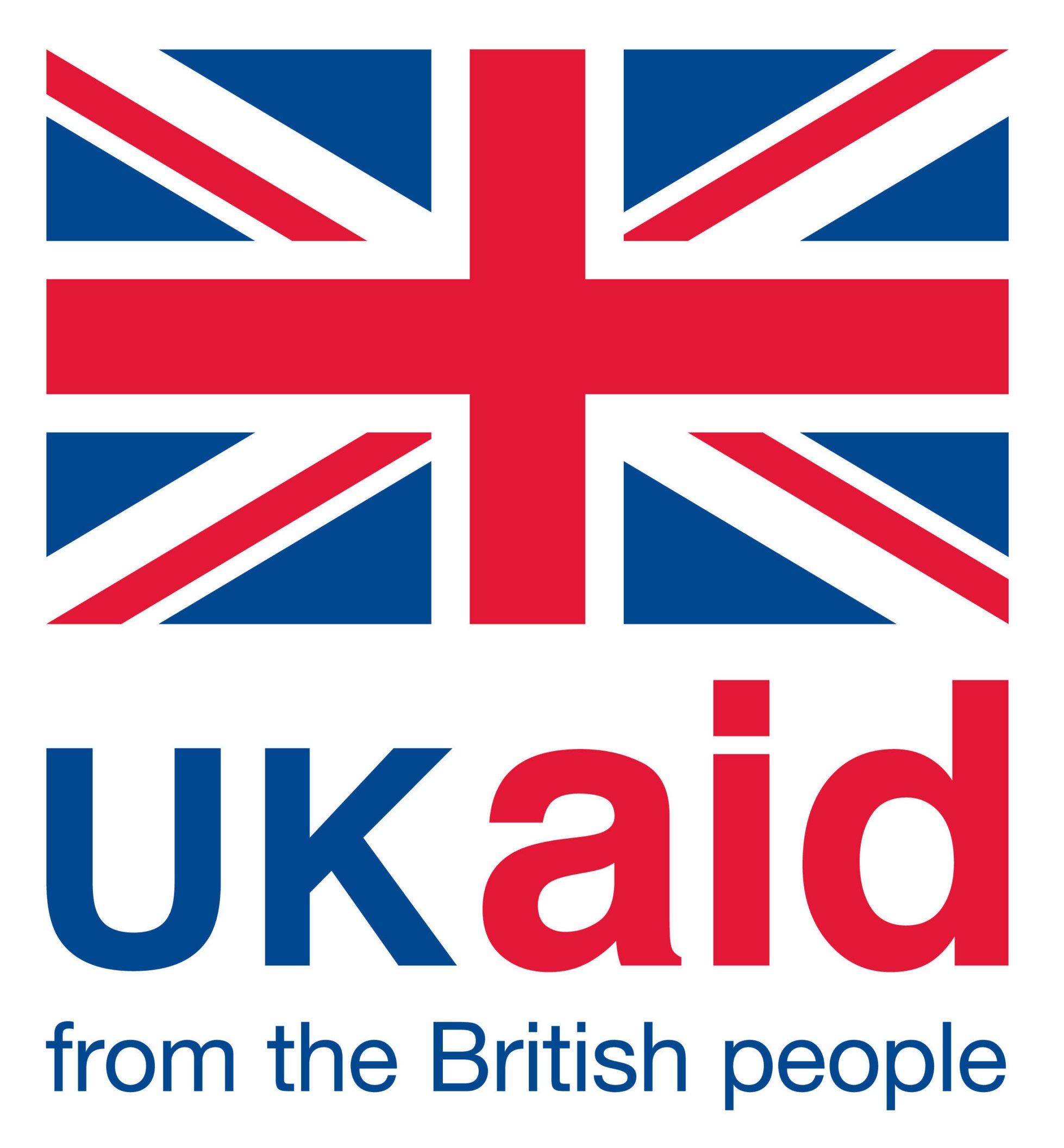State of Youth Civil Society Report 2022
In this section: The State of Youth Civil Society español français عربي
Key Findings Download the Report Recommendations About this Report
Introduction
While everyone has been profoundly affected by the pandemic, this generation of young people now face challenges unlike any other. They face overlapping crises – from physical and mental health emergencies to the climate crisis to economic hardships. They are in a world where their future cannot be taken for granted and radical changes to the ways we live are underway.

“COVID has robbed [young] people of their aspirations.”
— Young person from India
Despite the enormous and unique challenges facing young people, this report shows that there is great strength and optimism in change being led by young people and youth civil society.
Youth civil society’s lack of confidence in formal power and rejection of traditional hierarchies has led it to rely on its own creativity and embeddedness within communities to be a powerful force for good. Without youth civil society, our communities’ recovery from the pandemic to date would have undoubtedly been held back. Youth civil society has been a lifeline for their communities: rebuilding economies, addressing mental health challenges, and pushing back against climate crisis inaction.
This report also shows that youth civil society’s efforts to help communities to rebuild are at risk. Youth civil society is severely threatened.
Download THE STATE OF YOUTH CIVIL SOCIETY report
The State of Youth Civil Society is THREATENED
Nearly three-quarters of the youth civil society members surveyed indicated that their organisations’ funding has decreased since the start of the pandemic, significantly hampering their ability to create change.
Other key challenges:
a struggle to gain seats at decision-making tables
an increase in mental health issues
unequal digital access
“Most youth civil society organisations are relying on well-wishers as most are operating without funding… they have to look for employment somewhere so as to fund operations of the organisation.”
— Member of a Zimbabwean youth CSO
%
youth civil society groups report decreased funding
Featured spotlights
India
Mental Health and Wellbeing of Youth Civil Society Members in India by Restless Development.
Global
Protecting digital rights in the digital age by Students for Global Health 19.
Serbia
How do we catch up with the ‘New Normal’? The challenges and opportunities of pandemic.
The State of Youth Civil Society is RESILIENT
More than half of the survey respondents expressed that the state of youth civil society is currently strong, and nearly as many even believed it is stronger than ever before. Youth civil society persisted with addressing pandemic-relief issues and social-transformation causes, similar to 2020, but increased the focus on systemic, sustainable change and increased youth leadership. Recognising the opportunity of using the digital space for activism, youth civil society increasingly stood up for the rights of young people as a means to influence decision-makers.
“I am always looking to the future […] and never surrendering to the circumstances and keep working on self development to build a better future.”
— Youth activist from Iraq
Featured spotlights
Sierra Leone
Frontline and Fearless: The Lessons that Two Health Crises have Taught Civil Society.
Global
Climate Justice: The Climate Movement Amid The Pandemic by Fridays for Future.
Iraq
Iraqi Youth Letters to the Future: Youth’s Voices in Action by WarChild.

%
said youth civil society is stronger than ever before
The State of Youth Civil Society is RESPONSIVE
The majority of youth civil society survey respondents (93%) said that their organisations or groups had to make changes as a result of the COVID-19 pandemic. Most organisations reported:
- operational changes to their organisations, such as losing staff or cutting projects
- programmatic shifts including developing new approaches for influencing and pivoting to digital or hybrid means to deliver activities
This year brought about a clear realisation about the mental health needs and struggles that young people are facing, and youth civil society responded both within their organisations (e.g., introducing flexible working hours, peer-to-peer support groups) and their programmes (e.g., incorporating psychological first aid interventions).
“There is [a] need for a collaborative effort among youth civil society so that we drive the same agenda. [If we] speak different languages, policy makers won’t hear us. Creating a network of youth civil society in the world will capacitate youth civil society as we are [at] different levels”
— Male survey respondent (31+ years old) from Zimbabwe, representing a local CSO
%
said their organisation had to make changes as a result of the pandemic
Featured spotlights
Global
Feminist realities and movements: Interviews with two feminist funds by FRIDA and JASS.
Macedonia
Transformation of youth sector during pandemic crisis – are we doing enough? By Coalition SEGA.
Nepal & Indonesia
Dear Diary: Vulnerable Young People’s Experiences of Livelihood Disruption during COVID-19.
The State of Youth Civil Society is CREATIVE
While youth civil society has always been creative, its ability to problem-solve and innovate has become even more necessary during the pandemic. Compared to civil society more broadly, they are able to be more innovative and take more risks because they are more likely to reject traditional, top-down approaches in favour of creative, community-led organising. Young people are more apt to reach their audiences in ways that are more creative and personal such as through art, music, and theatre or other non-traditional means.
“Youth make inputs in moving the society and the government forward through creative and innovative [solutions], thereby challenging conventions and upgrading systems to what they should be in tandem with trends.”
— Nigerian local social movement representative
Featured spotlights
Colombia
Audiovisual Series: The National Strike – Art as a memory and proposal tool by La Múcura.
United States
Organizing for Justice for Women & Girls Through Street Theatre by DRUM NYC.
United Kingdom
A Young People’s Campaign Against Online Harms by Youth Against Misinformation and CCDH.
The State of Youth Civil Society is OUTSPOKEN
More than ever before, young people are losing confidence in formal governance structures and are refusing to accept the status quo. In response, youth civil society is engaging in activism in multiple ways, including well-known transnational movements (e.g., Fridays for Future climate campaign) and national movements (e.g., Venezuelan Assembly).
“The environment youth civil society creates for the youth, enables young people to be heard and more easily perceived by those in power.”
— Macedonian national CSO representative
Featured spotlights
Kenya & UK
Youth Power in Undoing Vaccine Apartheid by STOPAIDS, UAEM, Respekt.
Nigeria
One Year After #EndSARS, Young Nigerians Still Hoping by Brain Builders.
Global
Transnational Activism: Reimagining Democracy Through A Global Youth Movement.
%
say more support from power holders to young people is needed

The State of Youth Civil Society is COMMUNITY-FOCUSED
Youth civil society is embedded in communities and therefore often able to identify the needs of those who are most vulnerable and mobilise a response well-before larger and more established organisations. Youth civil society is working on every issue, quietly, locally at scale.
“We are just waiting for them to ignite the fire that lies inside us to be part of community development.”
— female survey respondent from the Philippines
Featured spotlights
Palestine
Limited Resources, Significant Action: Palestinian Youth Battling COVID-19 by YMCA Palestine.
Lebanon
How youth civil society is lifting Lebanon out of an economic, social, and political crisis.
Madagascar
Conversations and reflections from a new generation of civil society by YMCA Madagascar.

Youth civil society has played a key community role in spreading information and awareness (34%), leading community public health or social response (27%), and volunteering to help those most vulnerable (13%).
The State of Youth Civil Society is JUSTICE-DRIVEN
We understand that the effects of the COVID-19 crisis are not equally distributed, with people of colour and women disproportionately affected. Racial and gender inequities (among other intersectionalities) are well recognised by nearly all youth civil society representatives and most have addressed these impacts within their organisations and in their work.
“[Y]oung people, and children with disabilities should also be included in the mainstream advocacy tables, and their hands need to be supported – also their deep grievances need to [be] taken into account too. Excluding nobody, and leaving no one behind.”
— Male survey respondent (22-25 years old) from South Africa, representing an international civil society organisation
Featured spotlights
Global
Girls’ Education under COVID-19: Impact and Solutions by CARE USA.
United States
The Change, an original poem by Vincent Folkes, young researcher for the report.
United Kingdom
Changes, Challenges, and Championing Justice: Period Management During COVID-19.
%
took action to address gendered impacts of the pandemic
%
took action to address racial impacts of the pandemic
SUPPORT YOUTH POWER IN 2022
In 2021, youth civil society undoubtedly faced overwhelming challenges. However, these challenges have also provided an opportunity for youth CSOs to coalesce around issues that they feel the generations before them have ignored, such as climate change, economic inequality, and gender and racial inequities.
The youth sector is typically less well-funded and supported at national (government) levels than other sectors (e.g., education, health) despite the power young people should have in securing their own future across all sectors. Youth civil society proves itself agile and free from the restraints of traditional institutional and political power, but making a significant investment in the youth civil society sector is needed. Doing so would strengthen support for a unified voice for young people, led from the community-level first.
There is a lot to learn from youth civil society’s ability to overcome. It became clear this year that there is no going back to “normal” now. The only way is forward, hand-in-hand with young people, shaping a more inclusive, sustainable, and resilient future.
Recommendations
International and National CSOs
- Do not drown out local youth organisations.
- Provide support and infrastructure to youth civil society based on expressed needs.
- Protect safety and security of youth civil society and youth activists.
- Yield space to young people to lead and cultivate young leaders.
Governments
- Involve youth civil society in policy-making, operations, and development.
- Put policies into action that support young people and youth civil society.
- Take meaningful action to address the emigration of young leaders.
- Guarantee physical, digital, and legal spaces for youth civil society to act.
Donors
- Provide youth civil society with flexible, core, long-term funding.
- Adopt less bureaucratic requirements to make grants more accessible.
- Prioritise youth civil society as a cross-cutting and vital sector.
- Recognise young people as an immensely diverse group.
- Form equitable rather than transactional partnerships.
Young Leaders in Civil Society
- Take action in communities to lead in rebuilding.
- Be a strong partner for youth civil society worldwide, especially those who are not able to organise freely.
- Participate in spaces that promote active citizenship.
- Network with like-minded actors to amplify messages.
- Take care of each other.
Download THE STATE OF YOUTH CIVIL SOCIETY report
About this report
The State of Youth Civil Society report is a global, youth-led publication that looks back over the past year and forward into the next to explore the realities that youth civil society and social movements are experiencing. It reflects upon the global circumstances of young people over the past year that have shaped the collective experiences of youth civil society groups.
Now in its second year, this report focuses on the new realities of youth civil society in their quest toward shifting power. The report aims to showcase the many realities that have emerged in the context of the COVID-19 pandemic, alongside the many others that have been ongoing over time but have been expedited and/or brought to the forefront in the context of the pandemic. This State of Youth Civil Society report specifically showcases the different ways youth civil society has stepped up around the world to respond, recover, and rebuild in their communities in 2021.
In 2020 we published The State of Youth Civil Society Report: Resilient Realities.
How was this report created?
Co-ordinated by Restless Development and the Development Alternative, more than two dozen youth civil society organisations (CSO) or movements have partnered to author this report.

Restless Development supports the journey of a young person to become a leader and solve problems in their communities.

The Development Alternative is a group of organisations trying to change what it means to do development by shifting power to communities and young people.
This research project is funded with UK aid from the UK government.
